by Robert Trexler
There must have been something happening in the 1950s that attracted so many publishers to reprint At the Back of the North Wind. This hardcopy edition is from 1956, and illustrated by E.H. Shepherd, most famous perhaps for his illustrations of Winnie the Pooh and The Wind in the Willows. The publishers were J.M. Dent & Sons Ltd. in London and E.P. Dutton & Co. Inc. in New York. There are eight beautiful color plates and other very nice line drawings.
This was one of Dent's Children's Illustrated Classics, yet the fly-leaf gives a remarkably knowledgeable and scholarly history of the MacDonald family. There are few MacDonald reprints printed with adult readers in view that give such an accurate account. Here is what the publisher wrote:
"This lovable and much loved story of Diamond, the cab-horse, and Diamond, the little boy who lived over a coach-house and was visited by a lovely lady who whisked him off to the back of the north wind, can never lose its appeal while children are children. It was the first and best-known children's book of George MacDonald, who had a genuine and romantic Highland background, having been born in western Aberdeenshire on the farm of his grandfather, who was a Gaelic speaker. This elder MacDonald's own grandfather was a person of musical tastes and Jacobite opinions who was blinded when piping his clan into action at the battle of Culloden, and his grandfather in turn was one of the hundred-odd survivors of the Glencoe massacre, which takes us back six generations from George MacDonald, who was, among other things, ordained a Congregationalist minister and was a lay preacher of some renown, besides being a poet, a realistic novelist of Scottish life, and a beloved children's author.
At the Back of the North Wind preceded by several years his very popular The Princess and Curdie and The Princess and the Goblin. He was, however, a man of over fifty, and a very experienced writer, when he produced it. Also he had lived for many years in large English towns like Manchester and London and knew only too well what the life of town-bred people could be like. He had been very active in running classes and clubs of all descriptions to help working people, which means that when he is dealing with cab drivers and such characters as the hero's father, he knows what he is talking about. This book, so far as the everyday rather than the fanciful side of it is concerned, is one of the only two famous English books which deal with the life of cab drivers and cab horses, and it is interesting to think that it was first published in 1871, the very year in which Anna Sewell began the writing of the other classic of the cab driver's life, Black Beauty."


